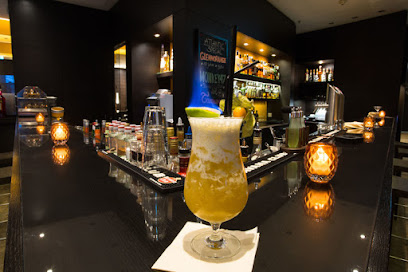
Valentin Submarine Pens: A Monument to War and Remembrance
Explore the haunting Valentin Submarine Pens in Bremen, a WWII-era U-boat factory built by forced labor, now a powerful memorial and information center.
The Valentin Submarine Pens, a colossal concrete structure in Bremen-Farge, stands as a chilling reminder of Nazi Germany's ambition and the horrific cost of war. Built between 1943 and 1945 by approximately 10,000-12,000 forced laborers from across Europe, this massive bunker was intended to be a state-of-the-art submarine factory, churning out Type XXI U-boats to turn the tide of the Atlantic war. However, the facility was never completed, and no submarines were ever built here. Today, the site serves as a memorial and information center, documenting the history of the bunker, the forced labor, and the devastating impact of the Nazi regime. Visitors can explore the grounds, walk through the immense structure, and reflect on the human suffering that occurred here, making it a powerful and sobering experience. The sheer scale of the bunker and the stories it holds create a profound and unforgettable encounter with history.
A brief summary to Valentin submarine pens
- Rekumer Siel, Bremen, Blumenthal, 28777, DE
- +4942169673670
- Visit website
Local tips
- Wear comfortable shoes, as you'll be doing a fair amount of walking on the 1.5 km path around and through the bunker.
- Consider borrowing a multimedia guide (available in English) from the visitor center for a more in-depth understanding of the site's history.
- Be prepared for an emotionally intense experience, as the site deals with themes of forced labor, war, and death.
- Check the opening hours before you go, as the memorial is closed on Mondays and certain holidays.
- Combine your visit with a trip to Vegesack, a nearby Bremen suburb, to see the Schulschiff Deutschland, a historic training ship.
Getting There
-
Public Transport
From Bremen Hauptbahnhof (main train station), take the Regio-S-Bahn train RS1 towards Bremen-Farge. The journey takes approximately 44 minutes, and trains depart every 30 minutes. From Bremen-Farge station, cross the road and walk to the right to the bus stop. Take bus line 90 for four stops to 'Rekumer Siel'. From the 'Rekumer Siel' bus stop, follow the signs down a side street to the Valentin Submarine Pens. A single train ticket from Bremen Hbf to Bremen-Farge costs approximately €5-€7. A short trip bus ticket is around €3.
-
Driving
From Bremen city center, take the A27 towards Bremerhaven. Exit at 'Bremen-Nord, Elsfleth, Ritterhude, Osterholz-Scharmbeck,' and continue on A270 to the end (in the direction of Vegesack, Elsfleth, Farge ferry). Take Farger Straße and Rekumer Strasse towards Neuenkirchen, then turn left onto 'Rekumer Siel'. Limited free parking is available on the memorial grounds. Parking is limited, especially during peak season.
-
Taxi/Ride-Share
A taxi or ride-share from Bremen city center to the Valentin Submarine Pens will take approximately 35 minutes, depending on traffic. The estimated cost is between €40 and €60. Be aware that ride-share availability may be limited in the Farge area.
Discover more about Valentin submarine pens
Iconic landmarks you can’t miss
Valentin submarine pens
0.0 km
Explore the haunting Valentin Submarine Pens in Bremen, a WWII-era U-boat factory built by forced labor, now a powerful memorial and information center.
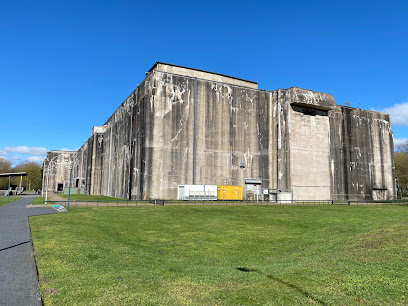
Molenturm Überseehafen-Süd
20.3 km
Discover Bremen's maritime history at the Molenturm Überseehafen-Süd, a charming lighthouse offering picturesque views and a glimpse into the city's seafaring past in the heart of the revitalized Überseestadt.
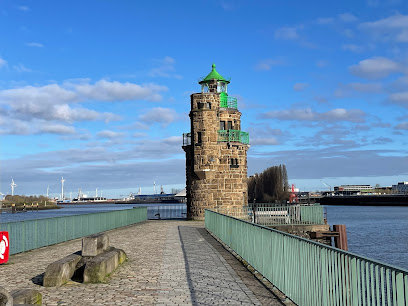
Sammelstelle Uferkralle Bremen - Überseepromenade / Übersee Park
21.4 km
Explore Bremen's revitalized Überseepromenade: A scenic waterfront blending maritime history with modern urban design, offering stunning views, diverse attractions, and accessible pathways.
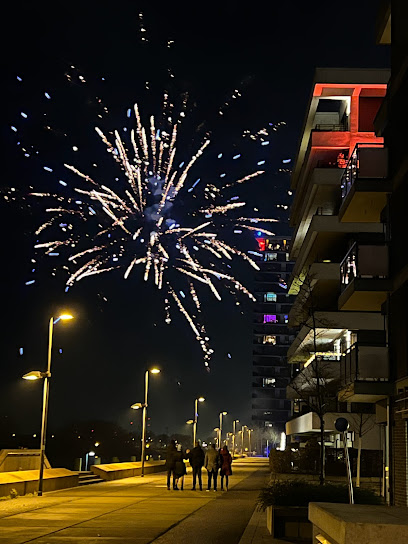
Überseepromenade
22.0 km
Discover Bremen's revitalized waterfront at the Überseepromenade: a vibrant blend of history, modern architecture, and scenic beauty along the Weser River in the heart of Überseestadt.
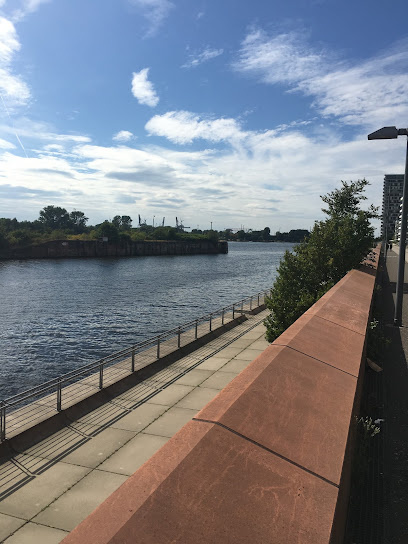
Neue Promenade
23.7 km
Escape to Bremen's Neue Promenade: A serene riverside pathway offering scenic views, cultural events, and tranquil relaxation in the heart of the Walle district.
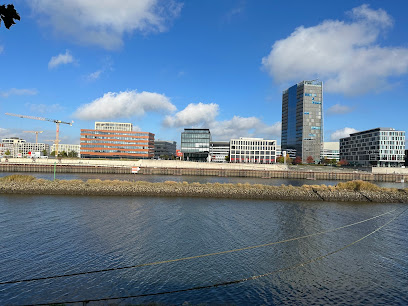
Weser Tower
24.1 km
Discover Bremen's tallest office tower, a modern architectural marvel in the heart of the revitalized Überseestadt district, offering stunning city views and a glimpse into Bremen's future.
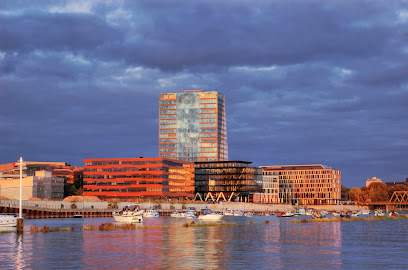
Blick auf die Weser
24.9 km
Experience Bremen's maritime heart at Blick auf die Weser: where history, culture, and stunning river views converge in this Hanseatic city's vibrant waterfront.
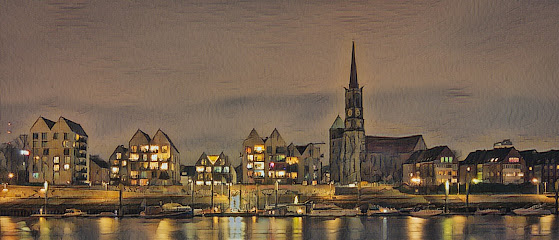
Weserburg | Museum of Modern Art
25.0 km
Explore international contemporary art at the Weserburg Museum in Bremen, showcasing diverse exhibitions in a unique waterfront setting. Discover painting, sculpture, photography, and video art.
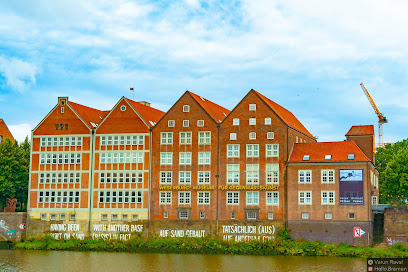
Loriot-Figur
25.3 km
Pay homage to Loriot, Germany's beloved comedian, at this charming bronze statue in Bremen's Wallanlagen, a perfect spot for reflection and a photo opportunity.
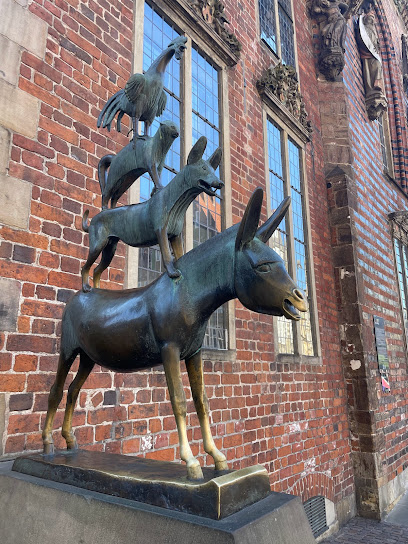
Vier Jahreszeiten 3 (Skulpturenensemble)
25.3 km
Discover Bremen's Vier Jahreszeiten sculpture ensemble in Bürgerpark: a serene blend of art and nature depicting the four seasons by Bernd Altenstein, near the Park Hotel Bremen.
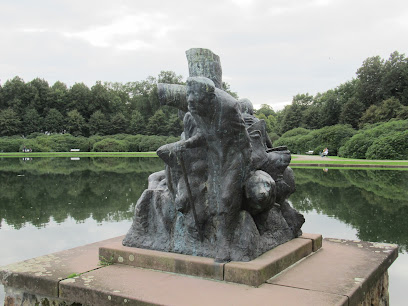
Shepherd with pigs
25.4 km
Meet Bremen's beloved 'Sögeschweine' sculpture: a charming bronze depiction of a shepherd and his pigs, celebrating the city's history and offering a delightful photo opportunity on Sögestraße.
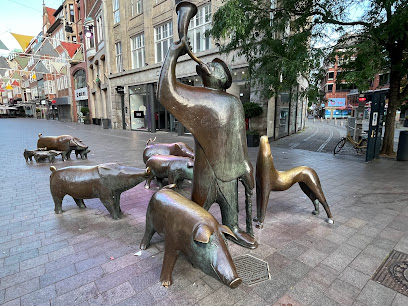
Martinianleger
25.4 km
Discover Bremen's maritime heart at Martinianleger: a historic pier offering river cruises, scenic views, and a vibrant connection to the city's Hanseatic past.
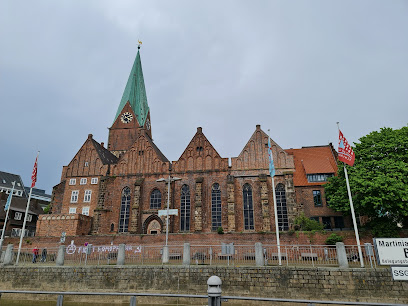
Atlantis House
25.4 km
Discover Atlantis House in Bremen's Böttcherstraße: An architectural gem blending Art Deco and Expressionism, steeped in history and esoteric intrigue, offering a unique cultural experience.
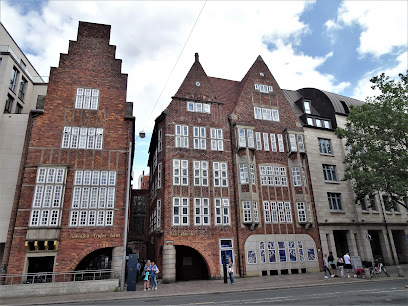
Vier Jahreszeiten 1 (Skulpturenensemble)
25.4 km
Explore the enchanting Skulpturenensemble at Vier Jahreszeiten 1 in Bremen, where art meets nature in a stunning outdoor gallery experience.
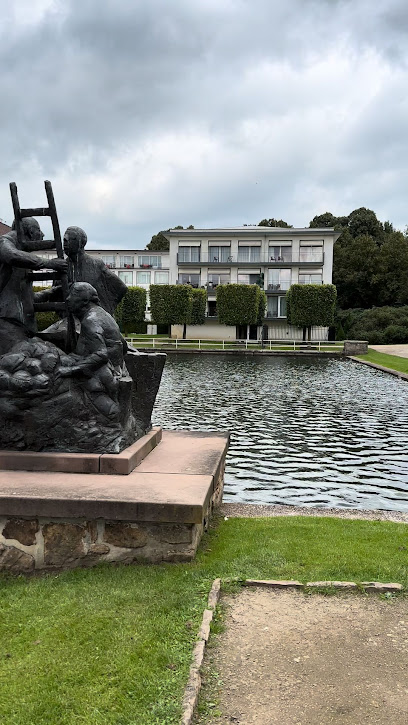
Roselius-Haus Museum
25.5 km
Explore the Roselius-Haus Museum in Bremen, a captivating journey through the city's rich artistic and cultural heritage.
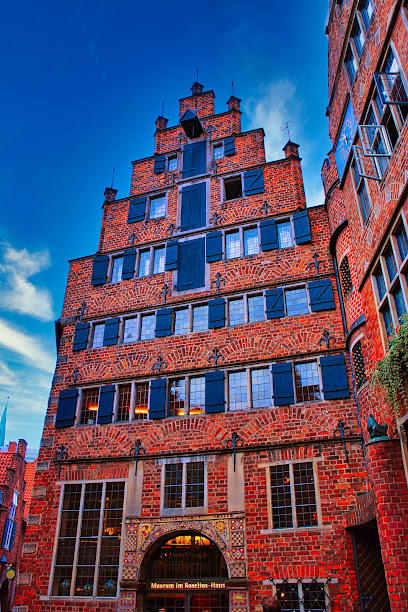
Unmissable attractions to see
Harbour Museum Speicher XI - Bremen Overseas City
22.1 km
Discover Bremen's rich maritime history at the Harbour Museum Speicher XI, featuring interactive exhibits and stunning waterfront views.
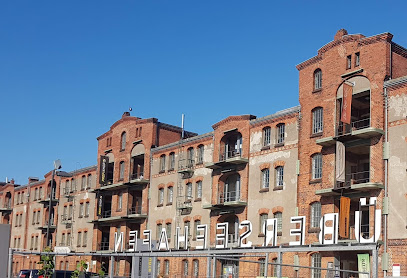
Rettungsboot
22.2 km
Discover the enchanting Rettungsboot in Bremen, a unique tourist attraction blending maritime history and breathtaking waterfront views.
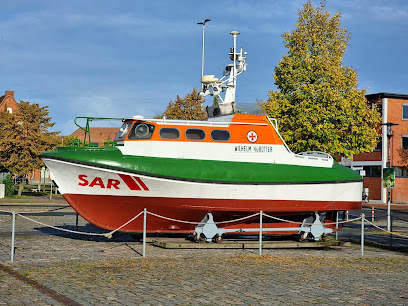
Schuppen Eins
22.6 km
Explore the vibrant Schuppen Eins in Bremen, where history, shopping, and automotive culture converge in a unique waterfront setting.
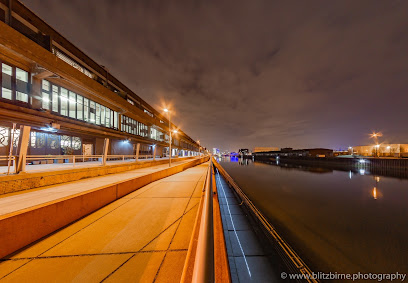
Ruhiges Plätzchen
22.9 km
Experience the serene beauty of Ruhiges Plätzchen, a tranquil tourist attraction in Bremen perfect for relaxation and reflection amidst nature.
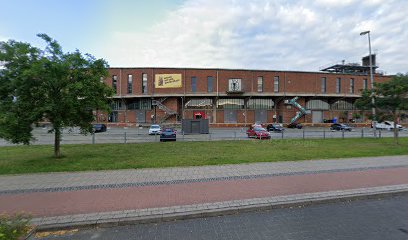
Historisch Bremen
23.1 km
Explore the rich history and stunning architecture of Bremen's Historic City Center, a UNESCO World Heritage site filled with culture and charm.
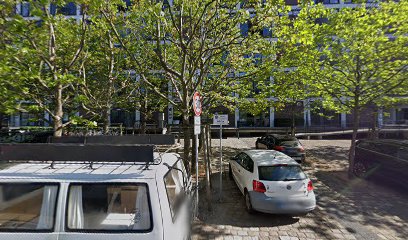
Hafengebiet
23.3 km
Explore Hafengebiet, Bremen's vibrant waterfront district, where history, culture, and stunning river views come together for an unforgettable experience.
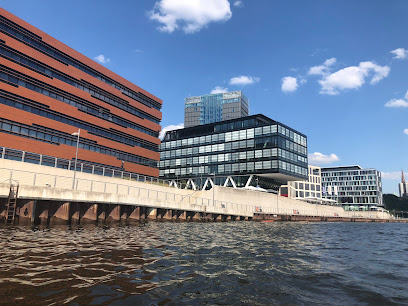
Die kleine Schlachte
23.6 km
Explore Die kleine Schlachte, Bremen's scenic riverside destination, where history meets culinary delights in a picturesque setting.
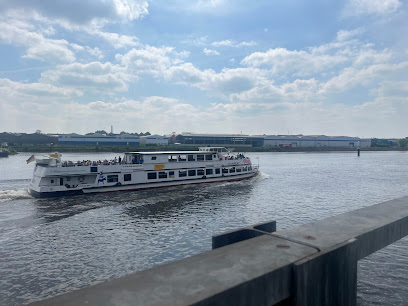
Museumsgarten/Fockegarten
24.2 km
Experience the serene beauty of Museumsgarten/Fockegarten, Bremen's lush garden oasis perfect for relaxation and cultural exploration.
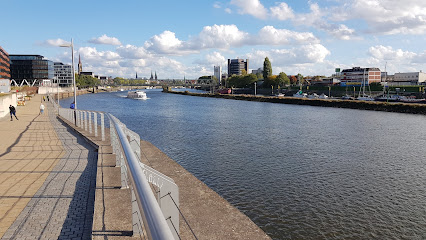
Schlachte
24.9 km
Experience the vibrant atmosphere of Schlachte in Bremen, a picturesque riverside promenade filled with dining, shopping, and cultural experiences.
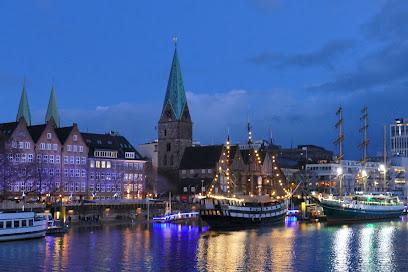
Herdentorswallmühle
25.2 km
Explore Herdentorswallmühle in Bremen, a picturesque historic mill surrounded by tranquil parkland and rich industrial heritage.

Die Mühle am Wall
25.2 km
Explore Die Mühle am Wall, a historic windmill in Bremen, offering stunning views, cultural exhibits, and serene park surroundings.
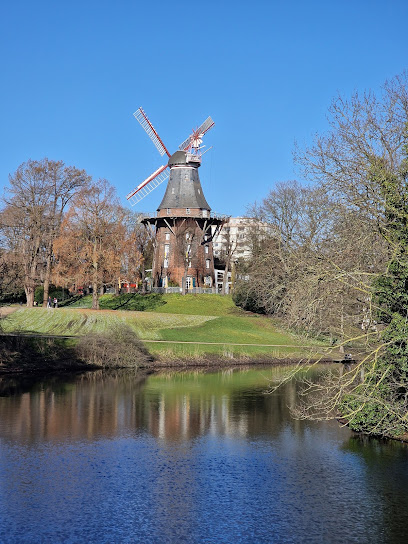
Overseas Museum, Bremen
25.2 km
Explore the diverse cultures and natural wonders at the Overseas Museum in Bremen, a captivating journey through history and heritage.
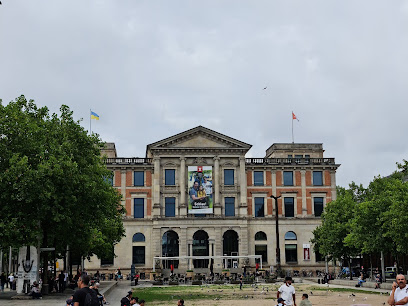
Weser Promenade Bremen
25.2 km
Explore the stunning Weser Promenade in Bremen, where captivating views meet vibrant culture along the scenic River Weser.
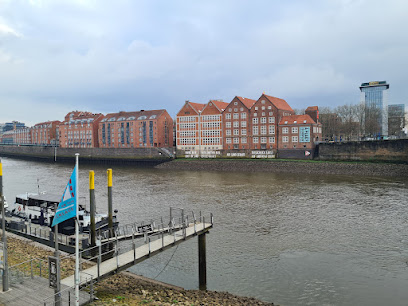
Am Marktplatz Bremen
25.2 km
Experience the heart of Bremen at Am Marktplatz, where local culture, artisanal crafts, and culinary delights come together in a vibrant market setting.
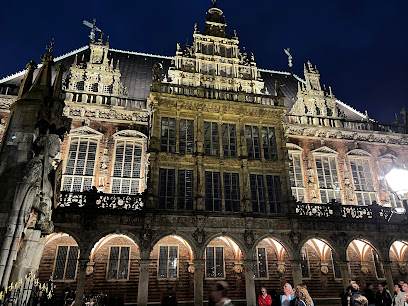
Bürgerpark Bremen
25.4 km
Discover the tranquility of Bürgerpark Bremen, a serene state park with lush landscapes, picturesque lakes, and endless recreational opportunities for all.
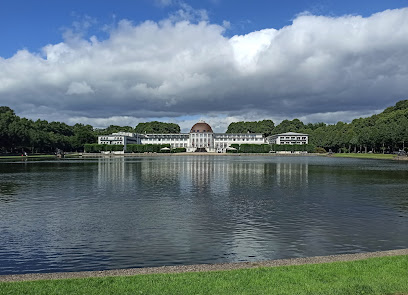
Essential places to dine
SIA Restaurant
20.9 km
Experience the rich culinary traditions at SIA Restaurant in Bremen, where local ingredients meet international flavors for an unforgettable dining experience.
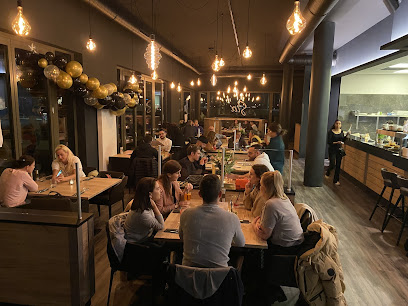
Sultan Bistrorant
21.0 km
Discover the rich flavors of authentic Middle Eastern cuisine at Bremen's beloved Sultan Bistrorant - where every meal is a celebration.
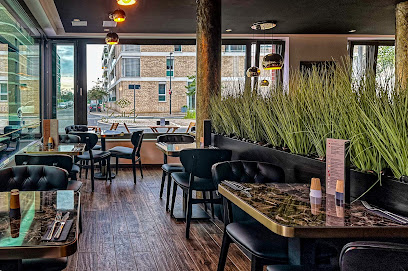
Restaurant RIVA - Mediterran Inspiriert
21.6 km
Savor exquisite Mediterranean cuisine in Bremen's charming Walle district at Restaurant RIVA – where every meal is a celebration of flavor.
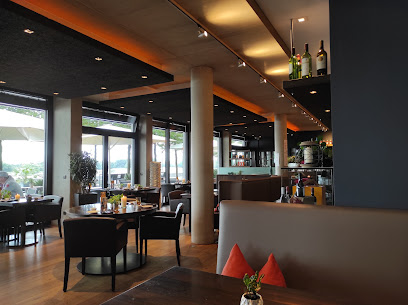
Tasty Kitchen
21.6 km
Experience authentic Italian pizza in Bremen at Tasty Kitchen—where flavor meets warmth and hospitality.
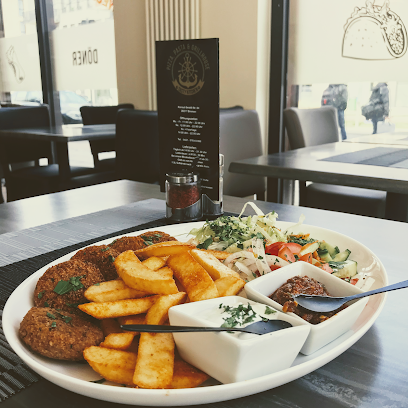
Restaurant Port im Speicher XI
22.0 km
Discover the exquisite flavors of Bremen at Restaurant Port im Speicher XI - where local ingredients meet exceptional culinary artistry.
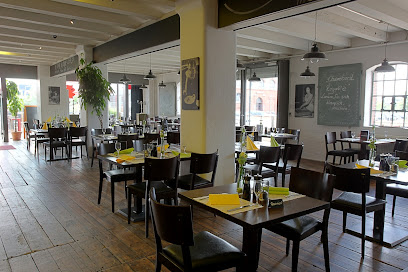
Restaurant Al Dar Bremen
22.6 km
Discover authentic Syrian cuisine at Restaurant Al Dar Bremen—where every dish tells a story.
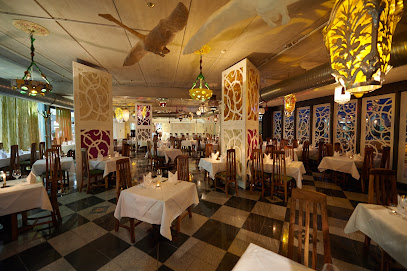
El Mundo Bremen
22.9 km
Experience the fusion of global flavors at El Mundo Bremen, where culinary creativity meets local charm in every dish.
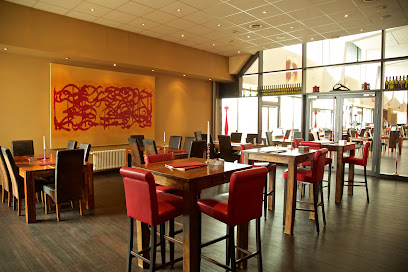
Das Wir-Bremen
22.9 km
Experience authentic German flavors at Das Wir-Bremen – your go-to family restaurant in Bremen for breakfast and lunch.
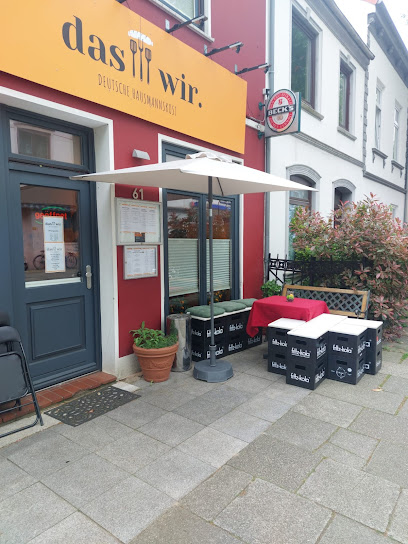
JAYA
23.1 km
Discover JAYA in Bremen: A vibrant bistro and bar offering local flavors in a cozy atmosphere perfect for tourists.
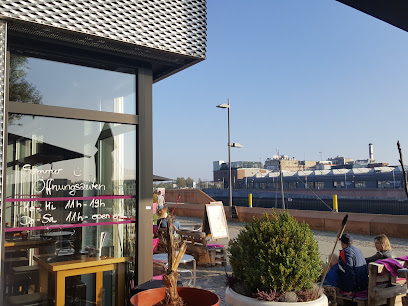
Restaurant ELISA
23.6 km
Discover the vibrant flavors of Mediterranean cuisine at Restaurant ELISA in Bremen – where every dish tells a story.
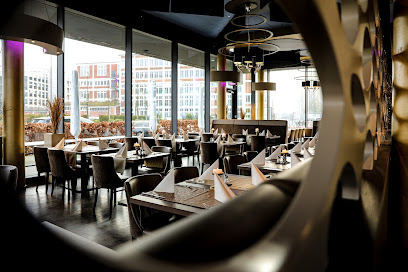
VAI VAI Bremen
24.0 km
Experience culinary excellence at VAI VAI Bremen - where mouthwatering steaks meet vibrant ambiance in the heart of the city.
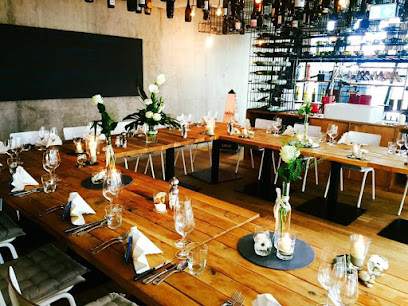
Restaurant Blaufeuer
24.1 km
Experience the best of Bremen's culinary scene at Restaurant Blaufeuer with stunning river views and exquisite local flavors.
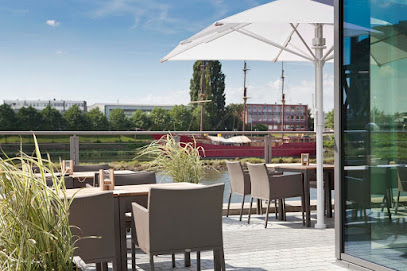
Bellini - an der Schlachte
24.8 km
Experience authentic Italian cuisine at Bellini - An Der Schlachte while enjoying breathtaking views along Bremen's historic riverside.
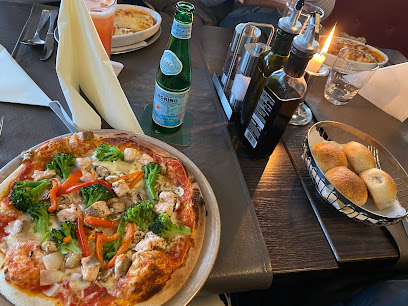
Plaka Restaurant
24.8 km
Discover authentic Greek cuisine at Plaka Restaurant in Bremen, where every meal is a delightful journey through Mediterranean flavors.

Bolero Schlachte
24.9 km
Experience Bremen's vibrant culinary scene at Bolero Schlachte, where delicious food meets stunning riverside views in a lively atmosphere.
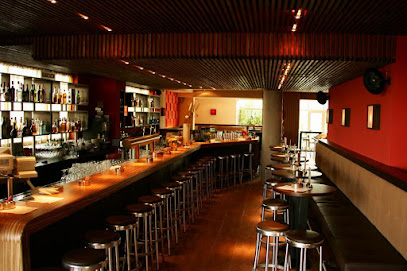
Markets, malls and hidden boutiques
Concept Store Bremen
13.1 km
Explore Concept Store Bremen for unique gifts and local crafts that reflect Bremen's rich culture and creativity.
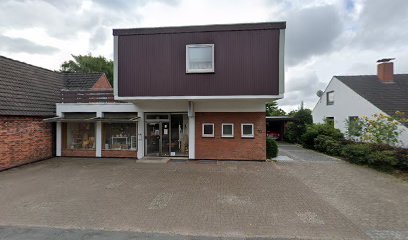
SANDER CENTER clever shopping
18.0 km
Experience the vibrant shopping scene at Sander Center in Bremen, where variety meets convenience in a lively atmosphere.
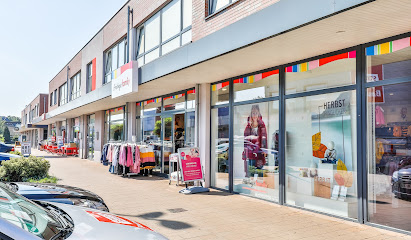
Elbenwald
19.9 km
Discover Elbenwald in Bremen, a whimsical gift shop offering magical merchandise from your favorite fantasy and pop culture worlds.
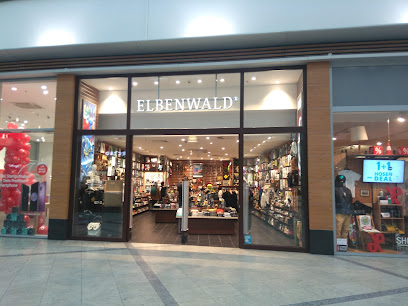
Waterfront
20.0 km
Discover the Waterfront, Bremen's premier shopping mall offering diverse shops, delightful dining, and vibrant entertainment options for all ages.
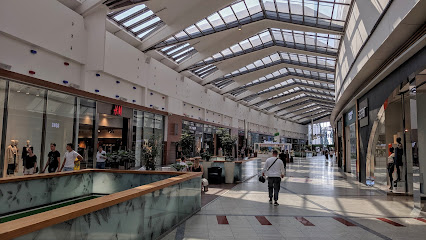
Primark
20.2 km
Explore affordable fashion at Primark in Bremen's Waterfront Center, where trendy styles meet unbeatable prices for every shopper.
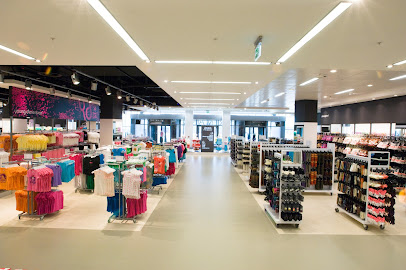
Schliecker Fruchtgrosshandel
21.9 km
Experience the fresh taste of Bremen at Schliecker Fruchtgrosshandel, a delightful grocery store showcasing local produce and specialties.
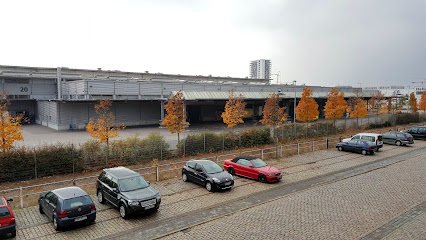
Alican Fruchthandel
22.1 km
Discover the vibrant flavors of Bremen at Alican Fruchthandel, your go-to fruit and vegetable store for fresh, local produce.
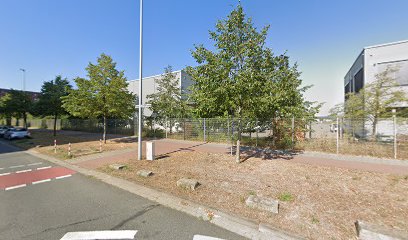
Andre Grimm
22.2 km
Explore Bremen's Andre Grimm, a charming herb shop offering a delightful selection of herbs, spices, and natural remedies in an enchanting setting.
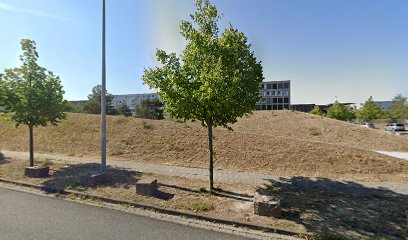
Gerstaecker Bremen
22.3 km
Discover a world of creativity at Gerstaecker Bremen, your ultimate destination for high-quality art supplies and artistic inspiration.
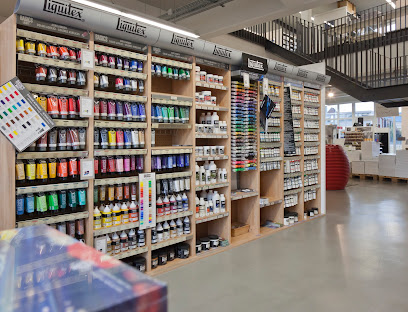
HALAL DEALZ
22.4 km
Explore the rich flavors of halal cuisine at HALAL DEALZ in Bremen, a vibrant store offering diverse products for every culinary enthusiast.
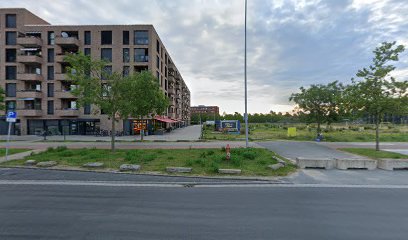
Henry Jürgen Mischke
22.8 km
Explore the charm of Henry Jürgen Mischke in Bremen, where local craftsmanship meets a warm shopping experience.

zero Head Office
23.1 km
Discover contemporary women's fashion at Zero Head Office, Bremen's chic boutique for stylish clothing and personalized service.
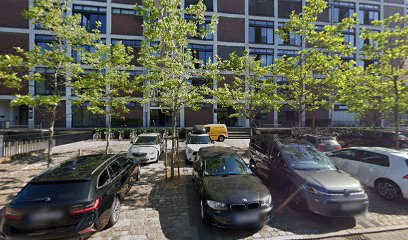
Lager POPO TABAKBÖRSE
23.3 km
Explore Lager POPO TABAKBÖRSE in Bremen for unique furniture pieces that blend style and functionality, perfect for any home decor.
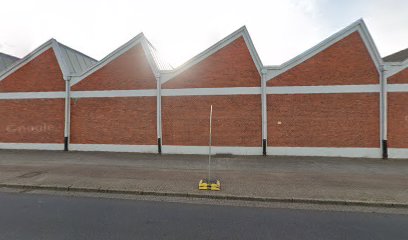
Roland-Center
24.7 km
Explore Bremen's Roland-Center, a vibrant shopping mall with diverse stores, dining options, and family-friendly entertainment for a memorable experience.

Jeans & Army Shop Bremen
24.8 km
Discover the ultimate denim paradise at Jeans & Army Shop Bremen, featuring a wide range of stylish jeans and exceptional customer service.
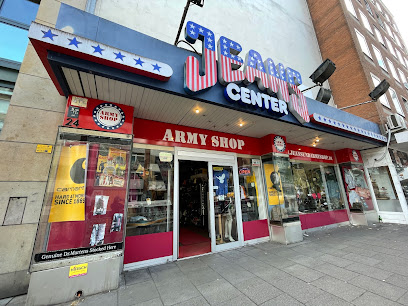
Essential bars & hidden hideouts
DECK 20 - DIE BAR IM LANDMARK
21.5 km
Discover DECK 20, Bremen's rooftop bar offering spectacular views and an extensive drink menu in a chic atmosphere.
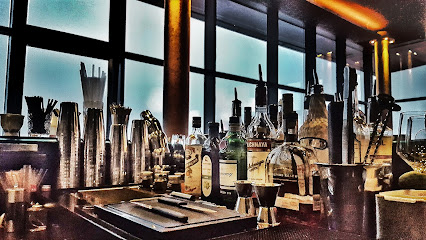
JAAI Lounge
23.2 km
Discover the trendy JAAI Lounge in Bremen, where vibrant nightlife meets cozy ambiance in the heart of the Walle district.
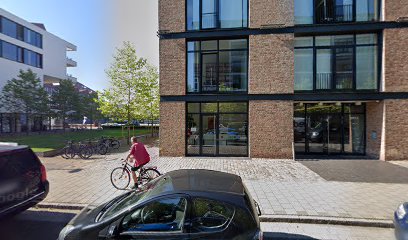
Hafenbar (geschlossen)
23.3 km
Experience the vibrant atmosphere of Hafenbar in Bremen, a charming spot for drinks and relaxation in a cozy setting.
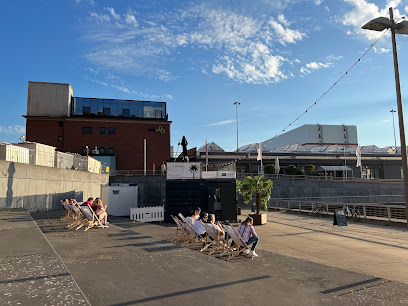
BELLISSIMA HAFENBAR
23.3 km
Experience the vibrant spirit of Bremen at Bellissima Hafenbar, where exquisite cocktails meet stunning harbor views in a chic atmosphere.
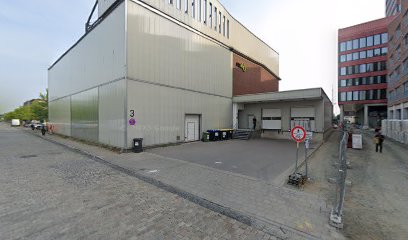
BAR RIQUE Winehouse | Weinbar & Restaurant
23.3 km
Experience the finest wines and delightful cuisine at BAR RIQUE Winehouse, Bremen's premier wine bar and restaurant.
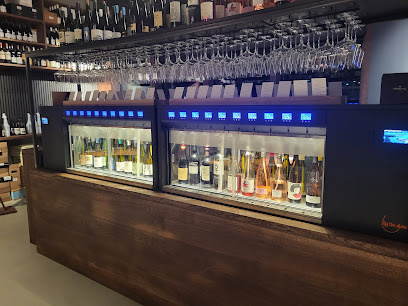
Zum Lucky
23.4 km
Experience the local charm and lively atmosphere at Zum Lucky, a cozy pub in Hansestadt Bremen, perfect for enjoying drinks and delicious food.
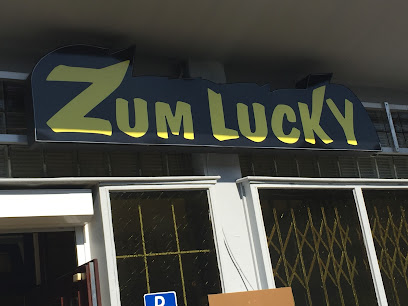
New Legend Sportsbar & Lounge
23.8 km
Experience Bremen's vibrant nightlife at New Legend Sportsbar & Lounge, where great drinks, lively entertainment, and a welcoming atmosphere await you.
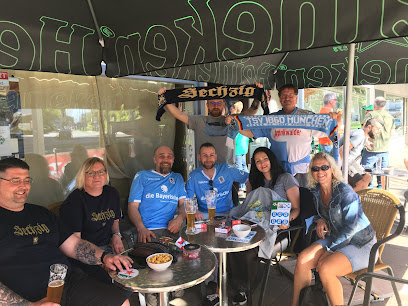
CHILLI CLUB Bremen GmbH
24.0 km
Discover Chilli Club Bremen: An Asian culinary gem offering sushi, steak, and cocktails by the picturesque Weser terminal.
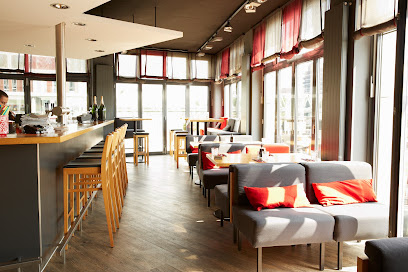
Brill No.6 - Bremen
24.9 km
Experience the vibrant cocktail scene at Brill No.6 in Bremen, a must-visit bar for unforgettable drinks and a lively ambiance.
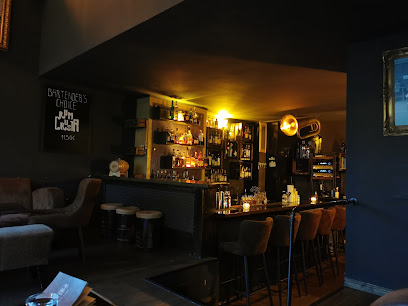
Red Rock
25.1 km
Discover Red Rock, a lively pub in Bremen offering local brews, a vibrant atmosphere, and scenic river views for an unforgettable night out.
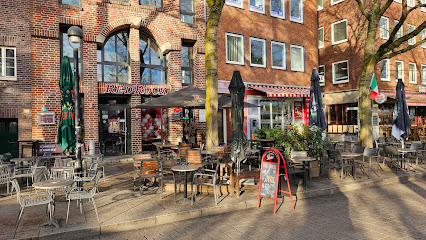
Hill's Drinkery
25.3 km
Experience Bremen's vibrant nightlife at Hill's Drinkery, a local bar offering a wide range of drinks in a welcoming atmosphere.
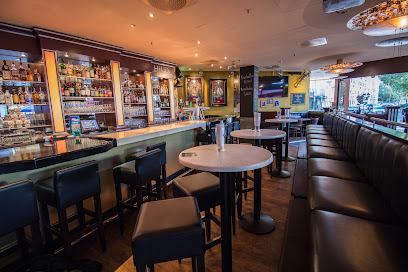
Paddy's Pit Irish Pub Bremen
25.3 km
Experience the vibrant Irish spirit at Paddy's Pit Irish Pub in Bremen, where great food, drinks, and live music come together.
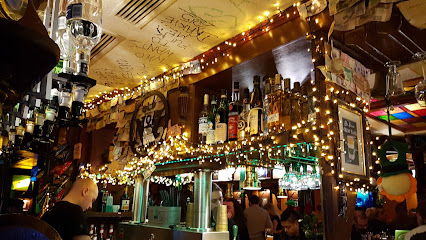
Rosso Bar - Bremen
25.3 km
Experience the vibrant nightlife of Bremen at Rosso Bar, where delicious drinks meet a welcoming atmosphere for every traveler.
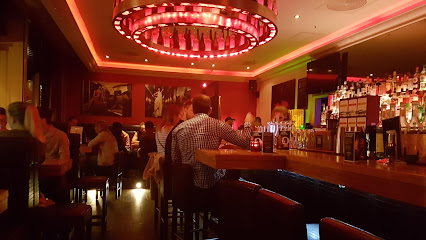
Loft
25.3 km
Experience the vibrant nightlife of Bremen at Loft, a stylish cocktail bar offering creative drinks and a lively atmosphere for tourists and locals alike.
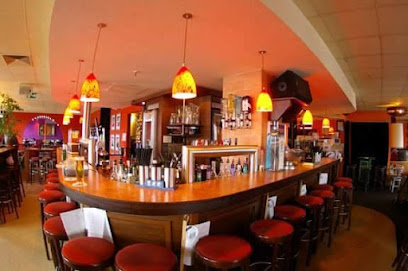
ATLANTIC Bar
25.4 km
Discover Bremen's vibrant nightlife at ATLANTIC Bar, where expertly crafted cocktails meet a cozy atmosphere, perfect for unwinding after exploring the city.
